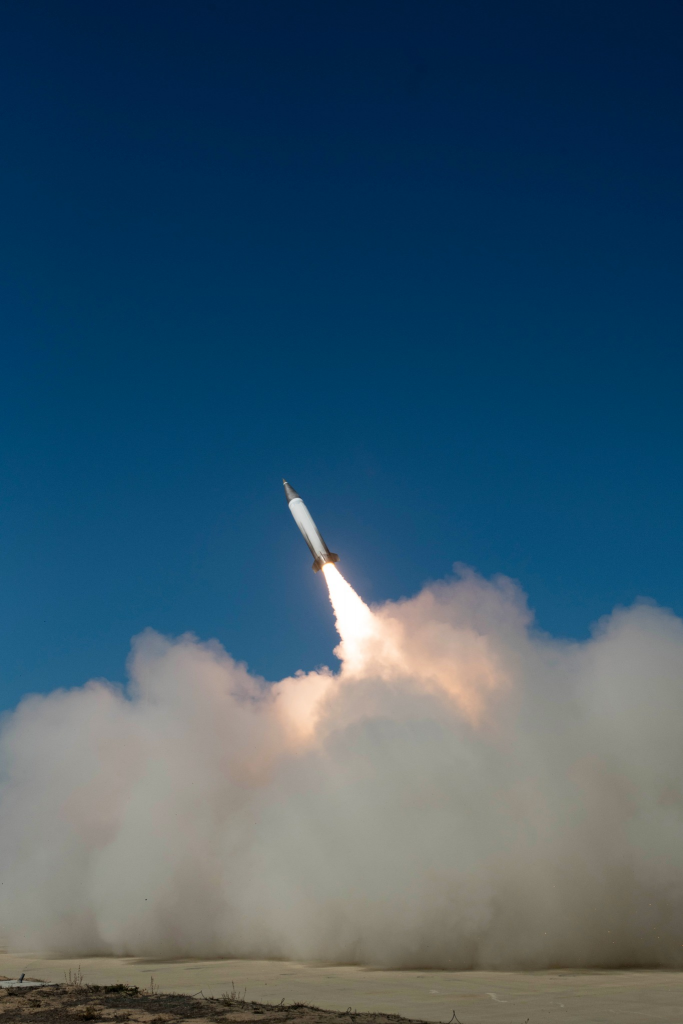Lockheed Martin Awarded $219 Million Contract For More Precision Strike Missiles
Lockheed Martin announced March 6 that the United States Army had awarded the company a contract worth $219 million for the production of more Early Operational Capability Precision Strike Missiles.
The contract is the fourth production contract signed to date for Precision Strike Missile (PrSM) production, with Lockheed Martin saying the new contract will allow for a “significant increase” in production capacity to meet demand from the Army.
Deliveries of the first Early Operational Capability PrSMs started in December 2023, after the missile passed production qualification testing in November. According to Lockheed Martin, additional PrSM testing is planned this year, including an Army-led user test.
“We’re proud to deliver this long-range deterrent capability to our Army customer and continue work to advance the program and production on an aggressive schedule,” said Jay Price, vice president of Precision Fires at Lockheed Martin.

PrSM is the Army’s next generation long range precision fires weapon, replacing the MGM-140 Army Tactical Missile System (ATACMS) tactical ballistic missile. Like ATACMS, PrSM is launched from M142 High Mobility Artillery Rocket Systems and M270A2 Multiple Launch Rocket Systems, but PrSM launch pods contain two missiles compared to a single ATACMS per pod.
PrSM also has greater range than the ATACMS, with the Army claiming the Early Operational Capability PrSM is capable of striking targets at ranges over 400 kilometers, and Army plans target a range of 650 kilometers for future development. According to Lockheed, such future growth is made possible through PrSM’s modular design, as well as the implementation of an open systems architecture.
The extended range of PrSM is one of several long range missile efforts pursued by the Army to better counter Russian and Chinese missile capabilities after the collapse of the Intermediate-Range Nuclear Forces Treaty, which prohibited the development of missiles with ranges between 499 and 5,000 kilometers. The treaty collapsed in 2019 following the US’s withdrawal from it that year, citing Russia’s violation of the treaty through its fielding of the 9M729 nuclear-capable cruise missile.

